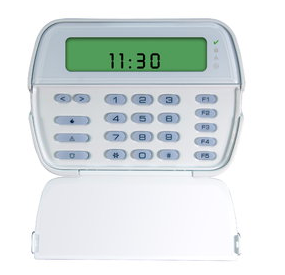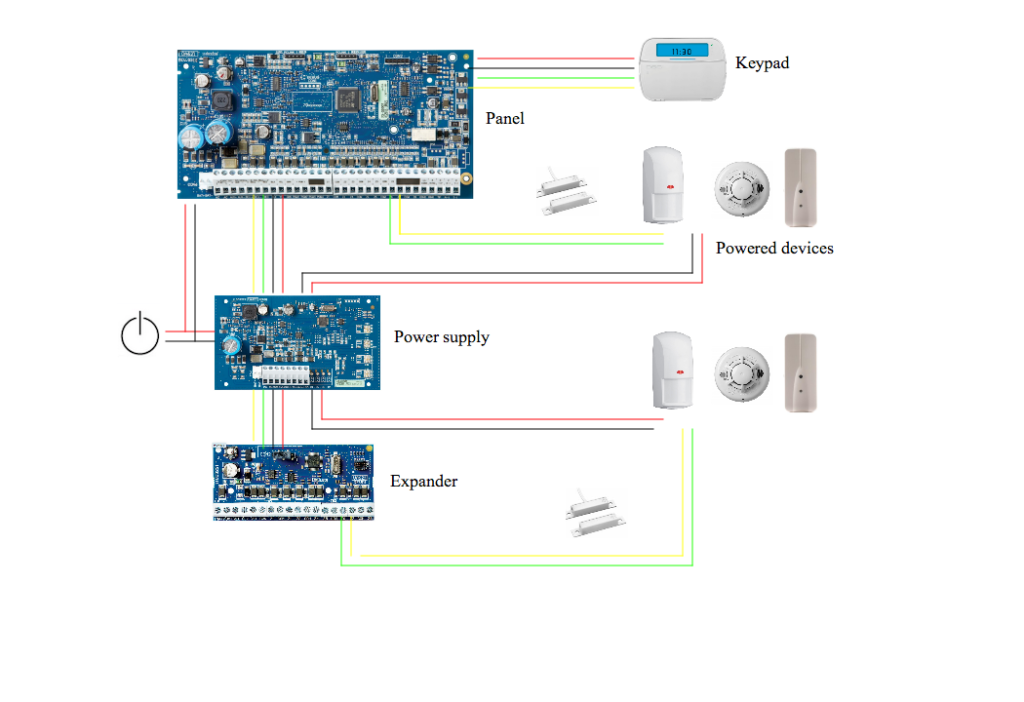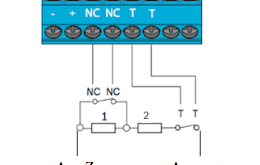The alarm system installation is growing more popular. And the burglary systems are tending to be more do it your self systems. Although the wireless systems are more likely to be preferred by do it yourselfers, for the reason that there are no wiring and drilling. Hardwired systems are still easy to install by DIYers.
See Hardwired VS Wireless alarm systems
So, in this article I am going to walk you through the steps to follow for a burglary system installation.
What equipment to install ?
A normal alarm system installation consists of the main panel, at least one keypad, And the detection devices.
- The main panel
It is the brain of the system; all the devices are connected to it. its terminal block can connect directly to 8 detection devices (8 zones), and to much more through zone expanders. It connects also with communicators which can be phone line, GSM or internet communicator

Read our post on alarm system communication
- The keypad
There could be more than one keypad. Actually, we install a keypad to allow the users to arm or disarm the system, also to configure it. So, it is necessary to install a keypad in every entrance door to be able to disarm at the first entry.
- The detection devices
The detection devices could be the door contacts, the motion detectors, the glass break detectors, heat detectors … etc.
- Power supplies
some of the detection devices are powered. For example, the motion detectors, the glass breaks, the main can supply them through its auxiliary power but it supplies only 700mA. As a result, depending on the number of devices and the distance as well, we must install power supplies to be able to energize the whole system.
The diagram bellow shows the DSC equipment in an alarm system

On the diagram, the red and black wire represents the power transmitter. The yellow and green transmits the data and the the devices status
Get to know the place
First step is to know the place, by going around of the premises. this allows to see the perimeter of the building. see all the access to define the zones. Take notice if there are glass doors, large glass windows.
Talk to the cient to know how many partitions it is appropriate to configure. For example, in a factory, it is common that the warehouse personnel don’t have access to the offices during the non-working hours. Because the warehouse is working 24 hours a day whereas the office is working only from 9 to 5. So. In this case the we configure two partitions : the office and the warehouse.
In this step also, the length of the premises will be known. This gives an idea about the quantity of wire that is needed, and if we need to install power supplies. In the meantime, we look for the way to run the wire to the equipment that we are going to install.
Set a plan
A plan will define the best place to install the panel. Where to install the zone expanders and the power supplies.
The zone expanders must group the zones and communicate their status to the panel through a communication bus. So, they must be installed near the group of the zones. This saves wiring.
The power supplies must supply the devices and the sirens, They are very often installed in big premises.
At this stage, the zoning also is to be done. it is about to determine the zones. every zone is an device. So the zoning is to name every zone as well.
The list of zones must be sent to a monitoring station if the system is monitored. Also, the list of contacts that the monitoring station could reach in case of alarm also will be set
Read more about monitoring stations
Wiring and devices installation
At this stage of the alarm system installation, the wiring of the zones then the devices installation could be started. There is appropriate wiring for each devices. you can read my post on Security systems wiring to know more.
There is also appropriate places to install every device. you can read the manufacturer recommendations and installation data sheets for better performance and efficiency of your system.
Door contacts to be installed on perimeter doors, and on doors between the different partitions. motion detectors go in corridors, entrance halls and rooms or offices with a window.
To install glass breaks in front of big glass windows, glass doors and showcases. They are built in with a microphone that detects a breaking glass noise.
And so many detection devices are available for the alarm systems to detect all kind of events. The premises or the building to protect determines which device to install actually.
Once all the devices installed and connected, the next step is
Start up and test
At this step we power up the system then test the zone alarms. it consists to simulate the alarm and verify if all alarm status are shown up on the keypad and if they are received by the monitoring station if the system is monitored.
Once all those steps done, your building is safe and secure.
